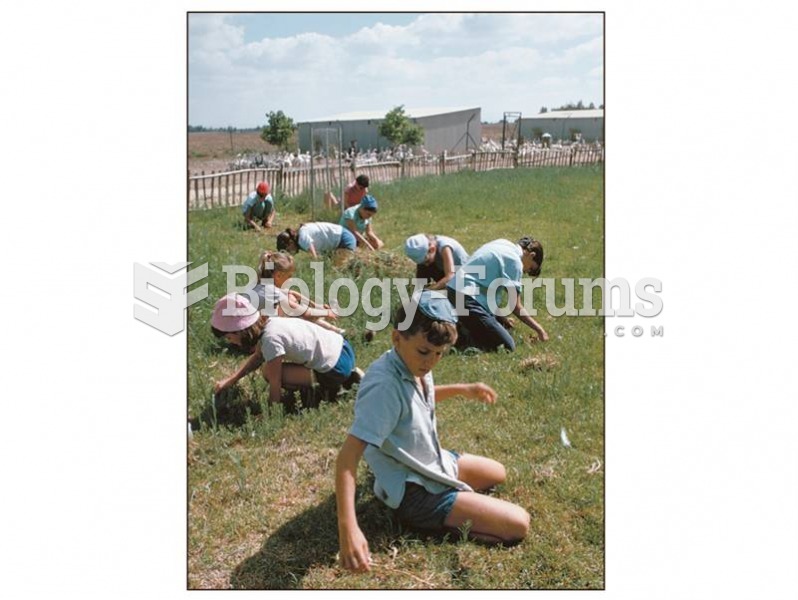Answer to Question 1
ANSWER: Observe, ask open-ended questions, and make comments to show support and interest.
Encourage children to talk about what they are doing and what is happening. Support childrens exploration by providing space for messy activities and materials that can be fully explored without concern about waste.
Structure the centers so that children have interesting and challenging materials to stimulate their water and sand play.
Depending on the type and size of the area used for the water and sand activities, decide when and whether you should limit the number of children playing at one time.
Offer indoor and outdoor water play often. Observing children play at the sensory table can give teachers more information about how individuals react to sensory stimulation.
Take your cues from the children on what to change and when to change it. Have smocks, aprons, and changes of clothes available for the children and the teacher too
Remember the safety and health rules of water, sand, and mud play: (1) never leave children unattended around any type of water; (2) empty the water tub or table daily; and (3) sanitize the water and wet sand toys and the tub each day with a fresh bleach solution of one tablespoon bleach to one quart of water in a spray bottle, then rinse with running water; (4) check the sand and mud play areas each day for foreign objects, such as glass, that should be removed. Discuss with older children the importance of water and the shortages that will arise if we do not work to preserve this resource. Get the childrens families involved, too.
Answer to Question 2
ANSWER:
In providing a good environment, teachers attend to the interpersonal aspects of a program.
Children bring themselves and their issues to school, and they must be dealt with in order.
It refers to providing a positive school experience.
Childrens well-being affects their socioemotional development, so teachers must provide for it.
Childrens well-being can be affected by a difficult situation at school, crises/problems at home, and developmental changes.







